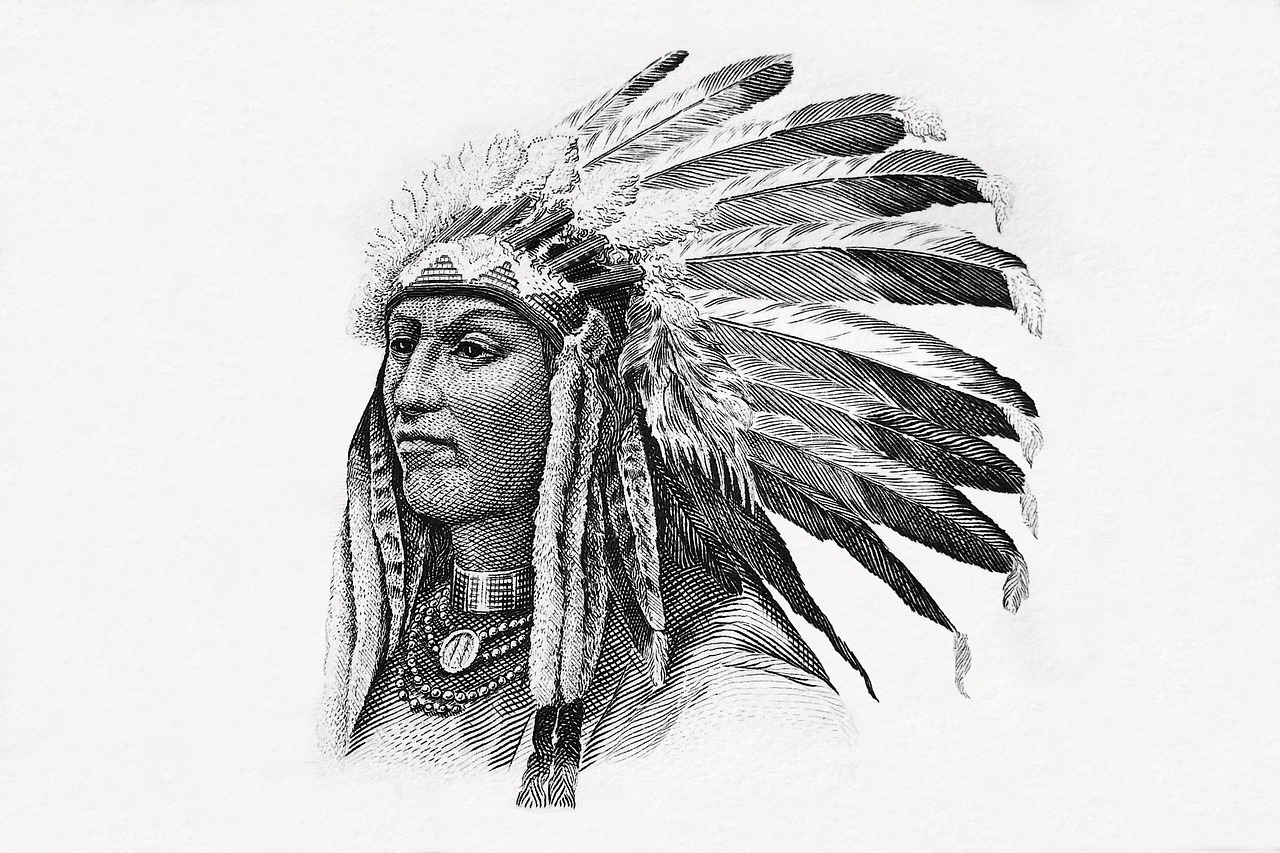The sustainable agriculture of the Indigenous peoples of North America offers revolutionary solutions for today’s environmental problems. This ancient knowledge, passed down through generations, shows us how to farm in harmony with nature. In this comprehensive guide, you will learn why these methods are so successful and how they can be applied today.
What is Sustainable Agriculture for Indigenous Peoples?
The sustainable agriculture of Native North Americans is based on a deep respect for nature. Unlike modern industrial agriculture, Indigenous peoples do not see themselves as masters over nature, but as part of it. These traditional farming methods are not only environmentally friendly but also amazingly productive.
The Three Sisters: Ingenious Intercropping of Native Americans
The most well-known example of Indigenous agriculture is the Three Sisters planting method. This brilliant combination of corn, beans, and squash works perfectly:
- Corn serves as a climbing pole for beans
- Beans enrich the soil with nitrogen
- Squash shades the soil with its leaves and suppresses weeds
This traditional cultivation technique demonstrates the deep understanding Indigenous peoples have of ecological relationships.
Soil Fertility Without Chemicals: Indigenous Methods
Modern agriculture relies on chemical fertilizers. Native American agriculture, instead, utilized:
- Fish heads as natural fertilizer
- Crop rotation and intercropping
- Composting of organic waste
- Controlled burn agriculture
Water Management: Ancient Techniques for Modern Drought Problems
The indigenous water management systems of North America are more relevant today than ever. Peoples like the Anasazi and Hohokam developed sophisticated irrigation systems that worked even in arid regions. Their traditional irrigation methods could offer solutions for today’s water problems.
Permaculture before Permaculture: Indigenous Forest Gardens
Long before the term permaculture was invented, Indigenous peoples practiced sustainable agroforestry systems. They created forest gardens that mimicked natural ecosystems and promoted tremendous biodiversity. These traditional forest gardens produced not only food but also medicine, building materials, and habitat for wildlife.
Seed Preservation: The Living Heritage of Native Peoples
Over millennia, Indigenous peoples developed open-pollinated seed varieties perfectly adapted to local conditions. These traditional seed varieties are not only culturally important but also genetically valuable for the future of our food supply.
Modern Application: Indigenous Knowledge in the 21st Century
More and more farmers and gardeners are rediscovering the benefits of Indigenous agriculture. The methods are:
- Cost-effective and easy to implement
- Environmentally friendly and climate-resilient
- Productive even without chemicals
- Biodiversity-promoting
Start Your Own Indigenous Garden
Would you like to try these sustainable farming methods yourself? Start with a small Three Sisters bed in your garden. You will be amazed at how well this ancient method works!
In summary, the sustainable agriculture of the Indigenous peoples of North America shows that true sustainability is possible. Their knowledge is not only historically interesting but also offers concrete solutions for the ecological challenges of our time.
Would you like to learn more about traditional farming methods or have you had experiences with Indigenous agriculture? Share your thoughts in the comments!
Further Resources and Sources:
- National Museum of the American Indian: Traditional Agriculture
- Native American Food Sovereignty Alliance
- Indigenous Food Systems Network
- Academic Studies on Traditional Ecological Knowledge

